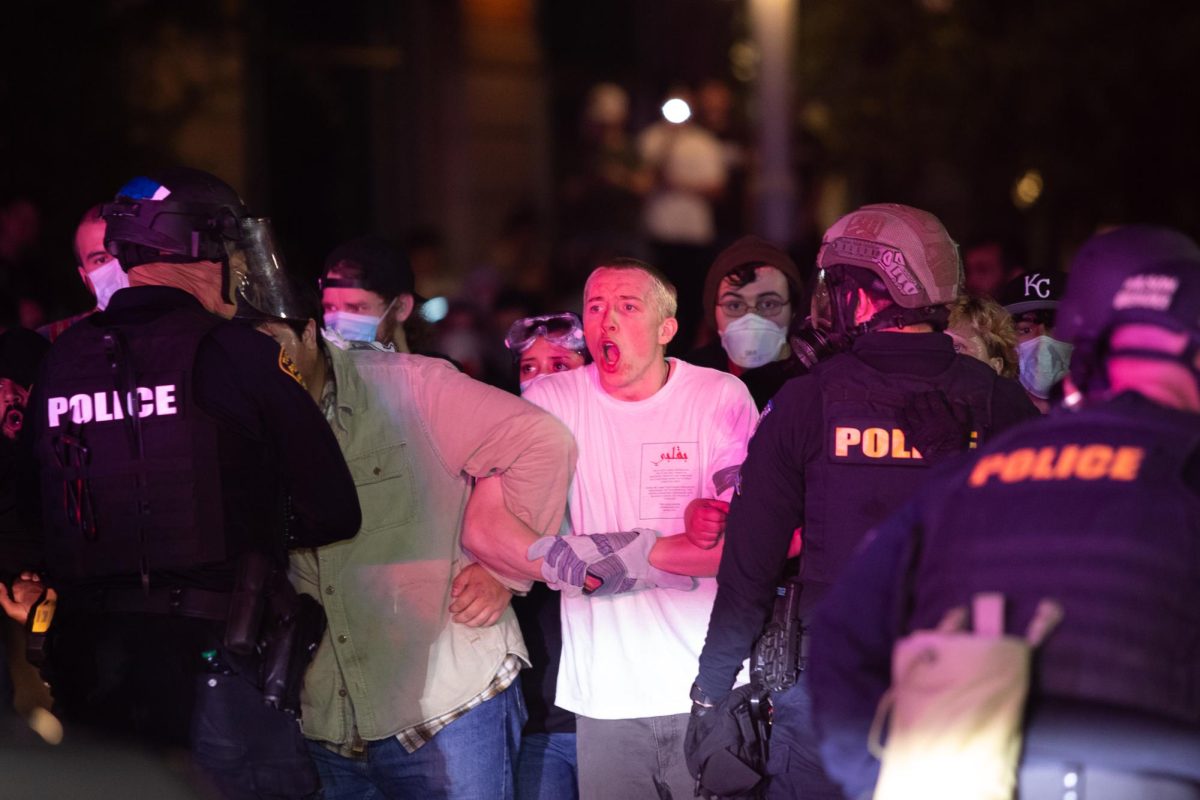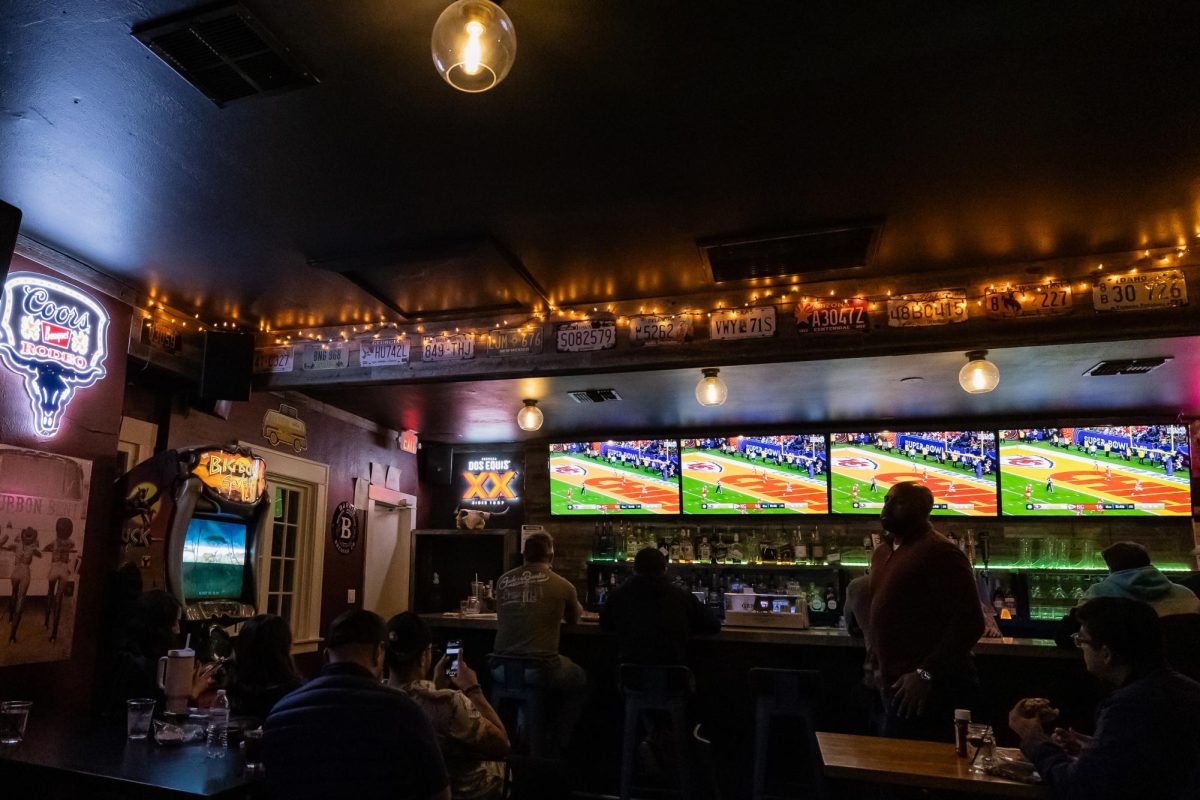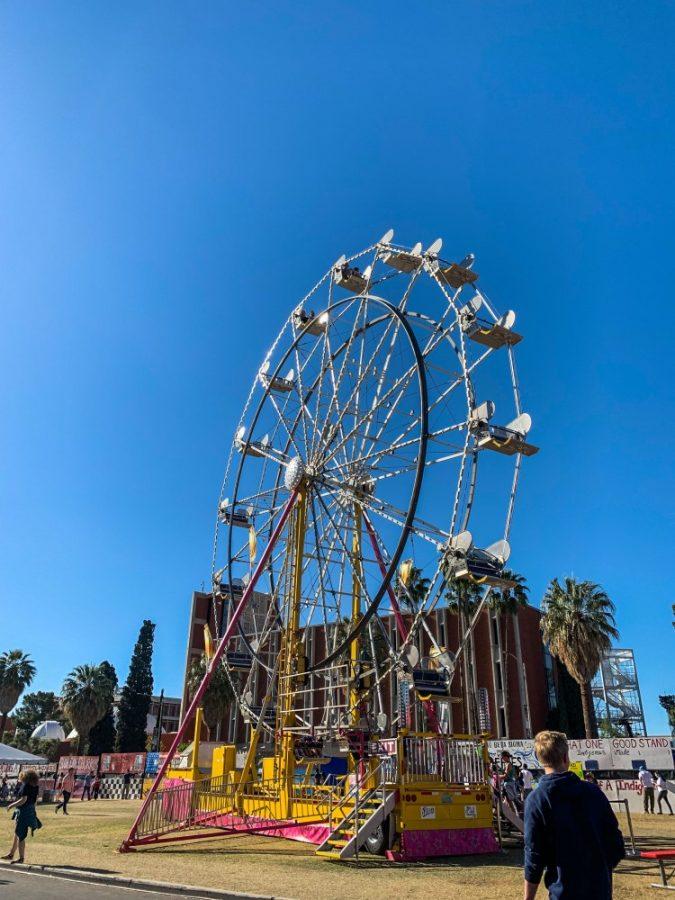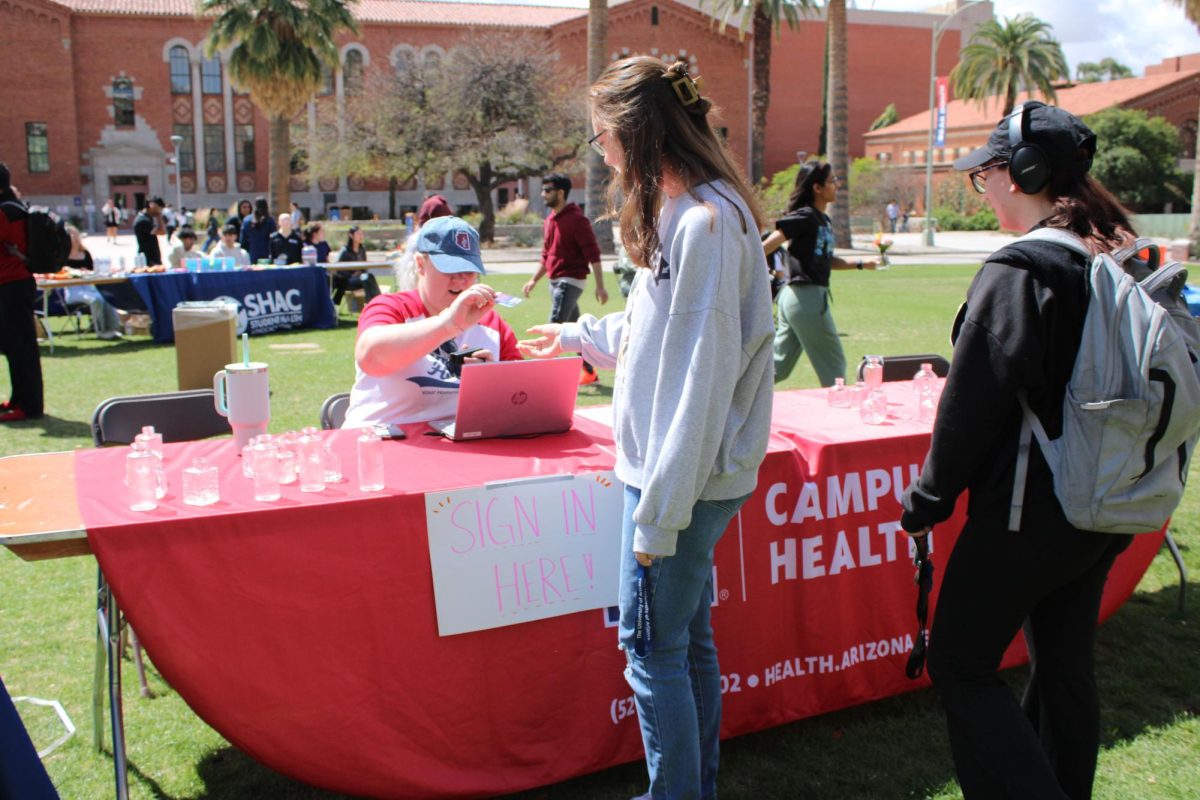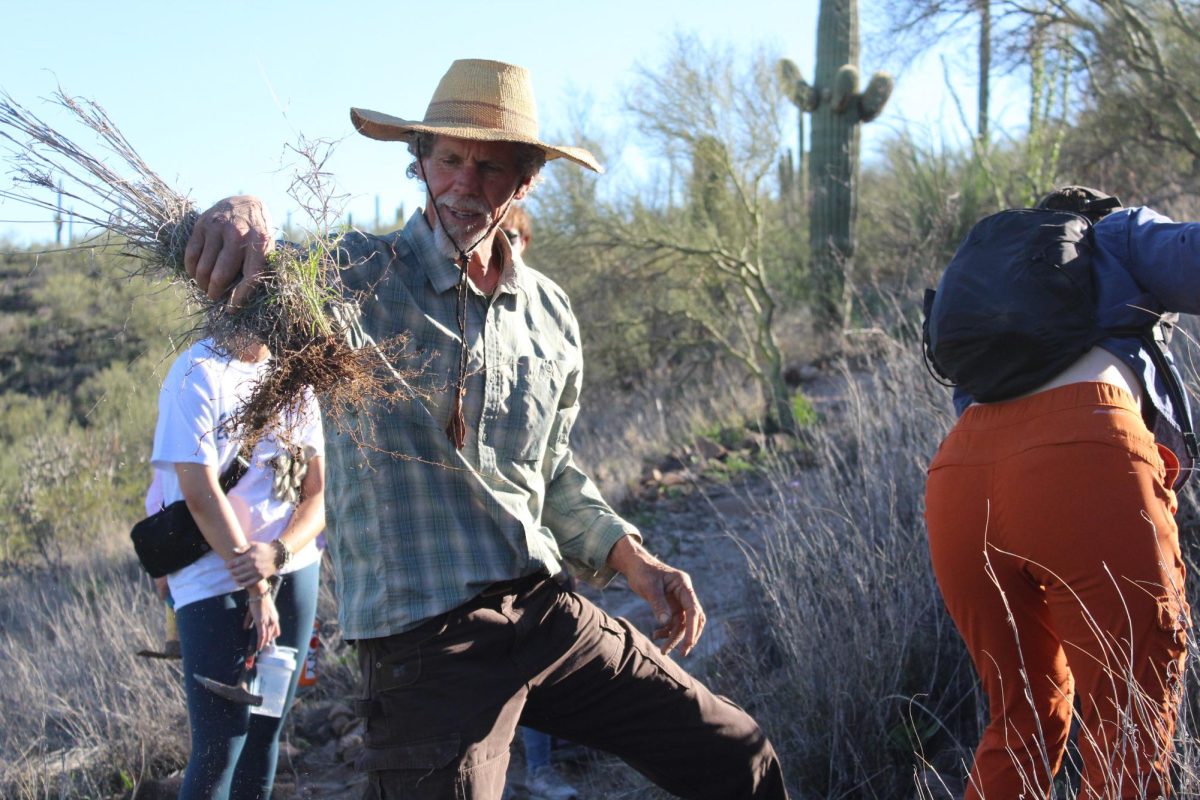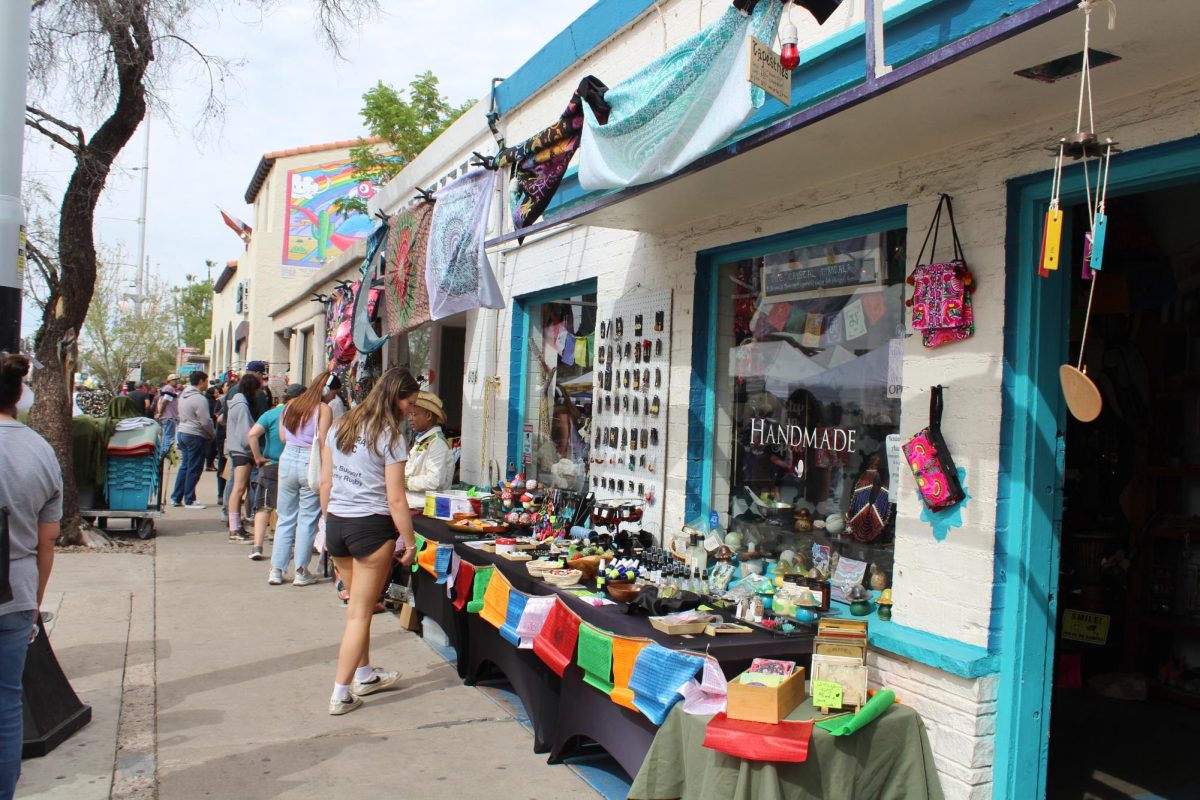In light of the absolute circus of events that unfolded Monday night in Ferguson, Mo., the aftermath of the most divisive police brutality case of our time is clear: Post-racial America is not so post after all.
Ask a classroom of fellow Wildcats to define race and racism and prepare yourself for a heated discussion. Each response will factor in an experience and each experience will — knowingly or unknowingly — be colored by how the individual sees their life and their potential.
Is race the color of your skin? Is it the culture you come from or the clothes you wear that combine to give the world a picture of who you are? Is racism in the simple act of hating one race, or does it have to do with power and disadvantage? It’s not so much the question of whether racism does or doesn’t exist, as it is the point that race does exist.
And race, whether we like it or not, seems to determine how our lives play out.
In the months leading up to the grand jury’s verdict, Michael Brown was called everything from a thug to a druggie to a thief. Much of the media ignored his family and friends completely and focused on painting a sensational picture of a relatively normal teenager. A picture of Michael Brown holding up the peace sign was captioned across a few news outlets as proof of gang activity. Brown’s past deeds were examined and cross-examined. No stone was left unturned — or so it seemed — in a quest to offer the public enough proof to speculate on.
It was not so much that Brown died unarmed, but whether it was deserved as a function of the life he had led.
In the days to come, many will say that rioters in Ferguson don’t care about Brown. They will try to lump in the majority of the peaceful protesters with the violent few. They will say this ruling was an unbiased result of an objective examination of the evidence. They will also say a police officer was justified in using “deadly force” in shooting another person while he was down.
They will say race had nothing to do with it.
I don’t buy it, and neither should you.
Violence isn’t the answer, but violence isn’t the point: Protest is. Privilege and oppression are very real and completely undeniable. Derailing the conversation to point out the violent few undermines the point of the many who take to the streets to ask justice of an unjust system.
The complete inability of American media to tell a straight story has confused everyone as to what really happened between the victim and the victimizer. A grand jury with access to proof from a police department that dragged its feet on naming the perpetrator but was quick to put out conflicting reports of what was done with the body in the aftermath isn’t much of a judicial body at all.
Most troubling of all is this: As a black body living in a volatile town with a predominantly white police force supported by white elected officials, there is an undeniable connection between the color of Brown’s skin and the manner of his death.
People imagine racism to be what their parents and grandparents experienced in the ’60s. They imagine a world where racists proudly wear their colors, beat their chests and proclaim from the highest hilltops that black life doesn’t matter. It’s what allows them to claim that the U.S. is, after a short 50 years of transition, firmly past all of that. Rejoice; extreme institutionalized oppression on the basis of skin color does not exist.
But that’s completely and utterly wrong.
Brown is the embodiment of every black kid stopped by the cops on their way home. He is every man of color who has left his house, never to return. Brown is every son, every cousin, every brother never to be seen again at a family reunion. He is the student who never made it to school, a potential unrealized, a dream forever deferred.
Brown is every victim of a broken system that was not designed to protect or serve, and his race had everything to do with it.
_______________
ChiChi Offomah is a UA 2014 alumna.



